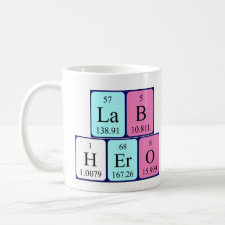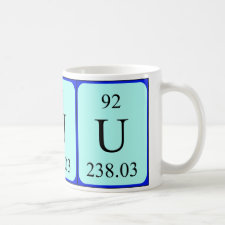
Authors: Gan Q, Xu MY, Li Q, Yang S, Yin J, Hua DB
Article Title: Two-Dimensional Ion-Imprinted Silica for Selective Uranium Extraction from Low-Level Radioactive Effluents.
Publication date: 2021
Journal: ACS Sustainable Chemistry & Engineering
Volume: 9
Issue: (23)
Page numbers: 7973-7981.
DOI: 10.1021/acssuschemeng.1c02248
Abstract: The recovery of uranium from low-level radioactive effluents (LLRE) is of strategic significance for the sustainable development of nuclear energy. However, the high salinity, massive coexisting nuclides, and radioactivity of LLRE are the major challenges for selective uranium extraction. Herein, a two-dimensional U(VI)-imprinted strategy is developed for highly selective uranium extraction through one-step fabrication of a specific U(VI)-imprinted cavity on silica lamellar. Thanks to the two-dimensional structure of silica lamellar, the optimal adsorbent possesses a high specific surface area of 497.7 m2 g-1 and abundant imprinted cavities with a phosphate group. Thus, the adsorbent has an adsorption capacity of 224.2 mg g-1 at 298 K, which is higher than most of the U(VI)-imprinted adsorbents. As the temperature increases to 308 and 318 K, the adsorption capacity gradually increases to 253.8 and 274.0 mg g-1, respectively. In addition, due to the great affinity to uranium and stability of imprinted cavities, the adsorbent exhibits a good salt tolerance of adsorption and a high selectivity for uranium against other coexisting ions even after 6 adsorption-desorption cycles. This work provides an efficient strategy for designing selective U(VI) adsorbents for LLRE treatment, which is meaningful in environmental and energy fields
Template and target information: uranyl ion, U(VI)
Author keywords: adsorption, Nuclear effluents treatment, Radionuclide, High salinity, Silica lamellar



Join the Society for Molecular Imprinting

New items RSS feed
Sign-up for e-mail updates:
Choose between receiving an occasional newsletter or more frequent e-mail alerts.
Click here to go to the sign-up page.
Is your name elemental or peptidic? Enter your name and find out by clicking either of the buttons below!
Other products you may like:
 MIPdatabase
MIPdatabase









